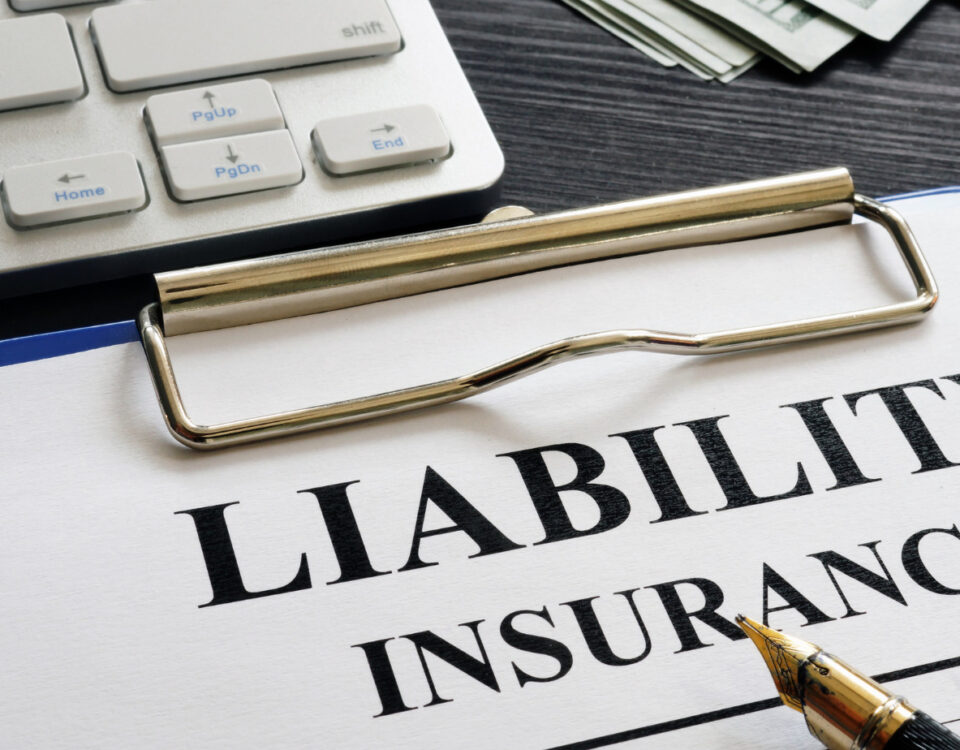- Walk-in Traffic is by Appointment Only - More Details
Planning The Effective Association Board Meeting

As Rents Rise, So Does the Number of First Time Homebuyers
June 20, 2015The Do’s and Don’ts of Staging Your Home
June 30, 2015 Think of the many hours you spend on planning for your community…..things like budget forecasting, obtaining and reviewing landscape bids, etc. Do you put the same forethought into organizing your Board meetings? Chances are that most Boards don’t. Board meetings tend to be loosely thought out and implemented by the seat of the pants.
Think of the many hours you spend on planning for your community…..things like budget forecasting, obtaining and reviewing landscape bids, etc. Do you put the same forethought into organizing your Board meetings? Chances are that most Boards don’t. Board meetings tend to be loosely thought out and implemented by the seat of the pants.
[clear]
This is unfortunate because, just as meticulous preparation leads to a seemingly effortless party, good meeting plans lead to shorter, more productive meetings.
Before The Meeting
What happens before the meeting is often as important as what happens during the meeting. Indeed, the success of most meetings is determined long before the opening gavel comes down. Start by asking—and answering—each of the following questions before you call your next meeting to order:
- Why meet at all? Some groups have to come together because statute or their governing document requires a certain number of meetings per year. However, studies show that meetings are sometimes a waste of time. Generally, the best reasons for meeting as a group are for decision-making, problem solving, planning, and evaluation. By contrast, if the sole purpose of a meeting is to give information, there may be easier ways to accomplish that, such as email.
- What are the desired outcomes? There’s a difference between discussing an assessment increase and adopting one. Your meeting plan should reflect such differences. For example, if the desired outcome is to adopt an assessment increase, you should arrange the meeting so there is a specific proposal to raise the assessments, followed by a discussion and a vote. To plan an effective agenda, it’s essential that you know your desired outcomes.
- Who is responsible for each item on the agenda? Far too often, the presiding officer handles everything on the agenda. This is understandable in that the President usually feels most responsible for the meeting’s success. However, meetings run more smoothly, are more inclusive, and likely will be more productive if you give other Board members responsibilities as well. Even allowing Board members to report on a project can help prepare that member for future leadership roles. Also, you’re likely to have better attendance if people have a part on the agenda. Members are more likely to feel that they are an important part of the Board if they do more than just sit and listen.
- Have you confirmed the setting? Meetings often fail not because of the items on the agenda, but because of the atmosphere in which they occur. Rooms that are too large or small, hot, cold, or noisy can affect participation.
Even a room’s layout can drastically alter the atmosphere. An oval or circle arrangement invites participation. That said, depending on the purpose of the meeting, an arrangement around a table can result in too much member participation. A compromise often used for Board meetings is a horseshoe pattern, with the presiding officer at the leadership position at the open end. This layout encourages participation, but acknowledges the chair is running the meeting.



